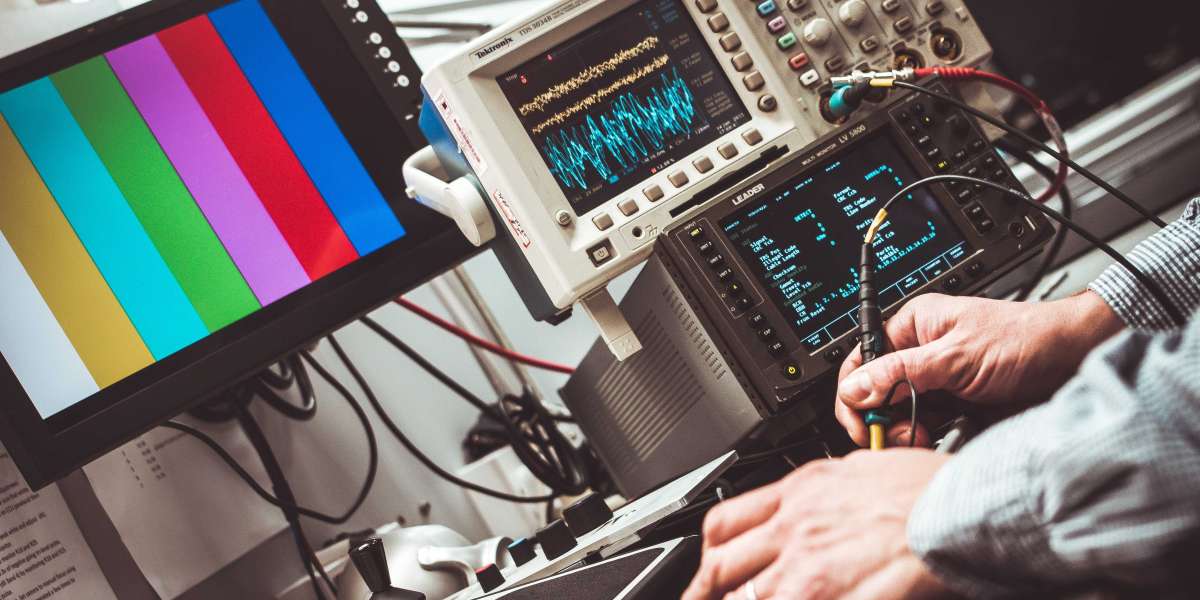Corrosion monitoring is a continuous process of monitoring equipment or components for the signs of corrosion. The primary aim is to identify and resolve corrosion-causing conditions to prevent failures and extend the life of the equipment. Early identification of corrosion signs and measuring the effectiveness of corrosion management are the main two objectives of corrosion monitoring. There are many techniques available to measure such data. In this article let us look at some of the best corrosion monitoring techniques available.
· Weight loss analysis
The weight loss analysis is a quantitative method used to monitor and measure corrosion in metallic surfaces. The process involves placing corrosion coupons in the work environment and removing the exposed metal coupons after a certain amount of time. The most preferred time is 90 days, although it can be anywhere between 30-180 days. These exposed coupons are further cleaned to identify the net weight and change in weight with respect to time intervals. The values of atomic weights, density, charge number, and Faraday constant will help in estimating corrosion rates.
The general equation used here is R= KW/xAT
Where, R is the rate of corrosion, k is a constant, W is the total weight lost, x is the density of the metal in g/cm3, A is the surface area of the exposed metal and T is the time taken for the loss of metal. Weight loss analysis is the best known and simplest analysis used most of the time for corrosion monitoring.
· Electrical resistance analysis
The electric resistance technique or the ER technique, for short, is the method of corrosion rate measurement using electrical resistance and the extent of total metal loss. In this method instead of calculating the weight loss of coupons, the electrical resistance of the coupons is measured after employing them in the working environment. ER instruments can be an active one that can provide real-time data or a passive one that is placed and removed to get corrosion data of a certain period.

The reduction in metals cross-section due to corrosion results in an increase in resistance of the coupon. Compared to weight loss analysis the electrical resistance method gives an accurate result for short-term corrosion rate measurements as it is more sensitive and non-destructive.
· Quartz Crystal Microbalance method
Quartz crystal microbalance or QCM for short, contains a thin quartz crystal made of SiO2. This quartz crystal has piezoelectric properties, which means it produces an electric potential with respect to an applied force. The material for corrosion analysis is applied to the crystal and it oscillates at a resonant frequency. when the material is corroded, there will be a change in weight which results in a change in oscillating frequency. This is used as an indication for finding corrosion in the working environment.
There are many other indoor corrosion monitoring techniques like Radio-Frequency Identification sensors (RFID) and Fibre Optical Corrosion Sensors (FOCS). But these techniques require much more development as their application potential is not much in the current scenario.
Among the three techniques mentioned above, the ER technique is the most universal. This can be applied to both high and weak corrosive environments. QCM is also a highly sensitive and powerful technique but is limited to extremely low corrosion-rated environments.
We at AQOZA technologies offer premium corrosion monitoring units based on ER technology for both online and offline applications. Being a specialist vendor in gas phase filtration and monitoring, AQOZA offers optimum-performing corrosion control units to various industries.







